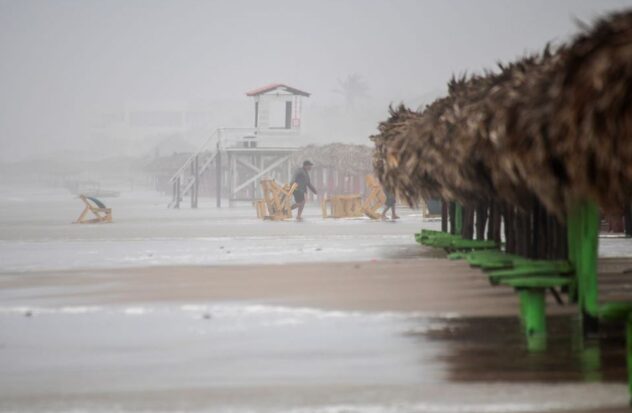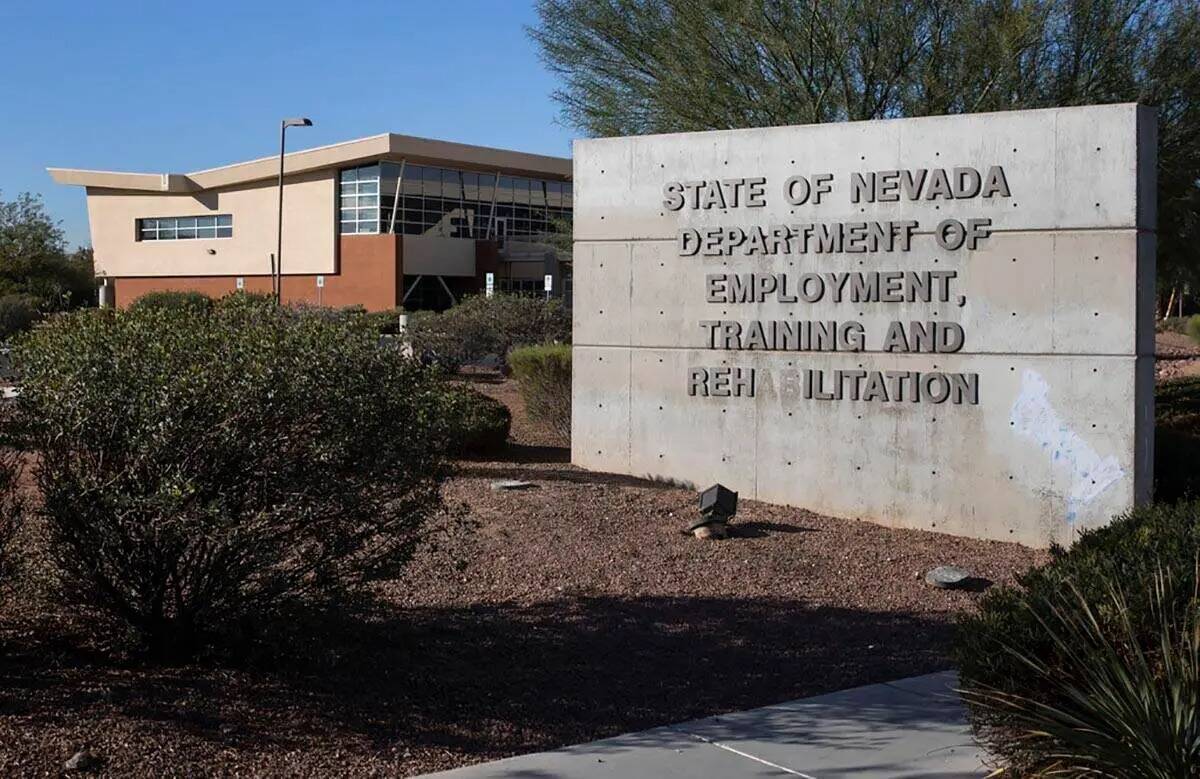TAMPICO — Tropical Storm Alberto, the first named storm of the season, weakened on Thursday as it made landfall in northeastern Mexico after causing strong rains in several parts of the arid region, leaving at least four people dead.
The storm rapidly weakened on land, and the US National Hurricane Center downgraded it to a tropical depression, with maximum sustained winds of 55 km/h (35 mph). Storm warnings off the coast of Mexico were lifted as Alberto moved west at 30 km/h (18 mph).
However, forecasters said heavy rain with rainfall of several centimeters (inches) was still expected in the Mexican states of Tamaulipas, Nuevo León and Coahuila. In South Texas, rain is forecast to taper off Thursday.
Immediately upon making landfall in Tampico, there was initial disappointment due to the low amount of rain. There have been sporadic showers in the early hours of the morning, and even the sun came out at times.
“We were hoping that it would come because water is needed too much here, but what I see it went the other way,” said Marta Alicia Hernández, a resident of Tampico.
The rains that Tampico expected could still occur in some of the outer bands of the broad system. Heavy rains were reported in the neighboring state of Nuevo León.
“Deaths”
In that state, civil protection authorities reported at least four deaths related to the rains caused by Alberto. They pointed out that a man died in the La Silla River, in the city of Monterrey, the state capital, and that two minors died from electric shocks in the municipality of Allende. Local media reported that the minors were riding bicycles in the rain.
In addition, early Thursday morning a man died from an electric shock while trying to repair a muffler in his house in the El Carmen municipality, indicated Civil Protection of Nuevo León.
The governor of Nuevo León, Samuel García, announced on his social network account
Alberto has triggered storm warnings along most of the Gulf of Mexico coastline, from Texas to Veracruz. The storm made landfall with maximum sustained winds of 75 km/h (45 mph).
In the state of Tamaulipas, where Alberto made landfall and will remain until Friday, schools were closed. Shelters across the state were set up to receive residents trying to escape the floods.
5 to 10 inches (13 to 25 centimeters) of rain are expected in parts of northeastern Mexico and southeastern Texas, with isolated even greater amounts possible, according to the U.S. National Hurricane Center. . Up to 50 centimeters (20 inches) of rain could fall in some higher places in Mexico, causing landslides and flash flooding, especially in the states of Tamaulipas, Coahuila and Nuevo León.
“Risks”
Mexican authorities downplayed the risk Alberto posed and instead focused on the hope that he would alleviate the water needs of the thirsty region.
“The speeds (of the wind) are not enough to be considered a risk,” said the Secretary of Hydraulic Resources of Tamaulipas, Raúl Quiroga Álvarez, at a press conference on Wednesday afternoon. Instead, he suggested welcoming the phenomenon with joy. “This is what we have been waiting for for eight years throughout Tamaulipas.”
Much of Mexico has suffered a serious drought, especially in the north of the country. Quiroga pointed out that the state’s reservoirs are at low capacity and that Mexico has an enormous water debt with the United States in its shared use of the Rio Grande.
“It’s a win-win event for Tamaulipas,” he said.
Alberto also caused rain and flooding on the Texas coast.
Floods
In the United States, the National Weather Service (NWS) indicated that the main risk in the coastal part of southern Texas is flooding due to excess rainfall. On Wednesday, the NWS indicated there is “a high probability” of flash flooding along the south Texas coast. Tornadoes or waterspouts are possible.
On Wednesday, areas along the Texas coast experienced some road flooding and dangerous rip currents, and waterspouts could be seen off the coast.
In the town of Surfside Beach, a Texas city located on a barrier island, the surge produced by Thursday morning storms left some damaged roads and a large amount of debris, but “very little damage” to structures, which They are mainly high, indicated the mayor, Gregg Bisso.
The surf faded in the late morning hours and “it’s almost possible to walk through it now,” he said. Bisso said the island has a population of about 800 full-time residents, with up to 10,000 vacationers in the summer.
Octavio González, a resident of Tampico, was visibly disappointed with the little rain caused by Alberto.
“Very little water fell,” he said. “We are on this side of southern Tamaulipas with a lot of drought and the truth is we have hope in the water.”
Source: AP





